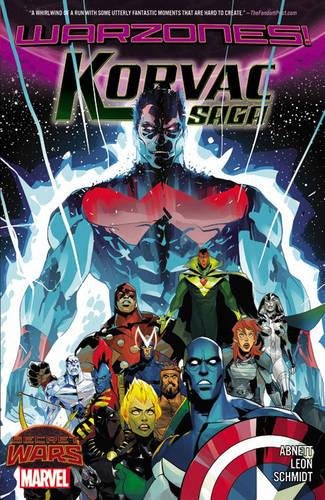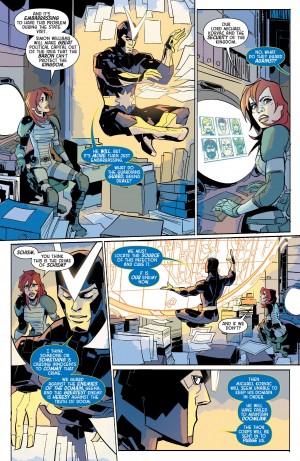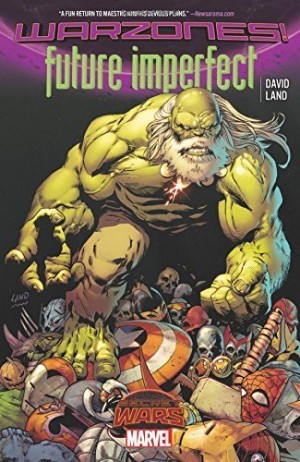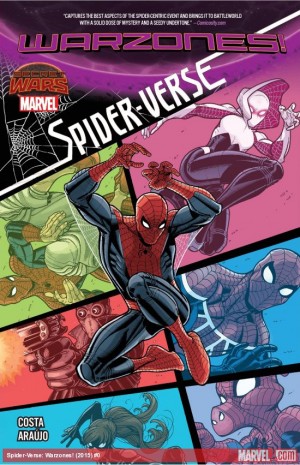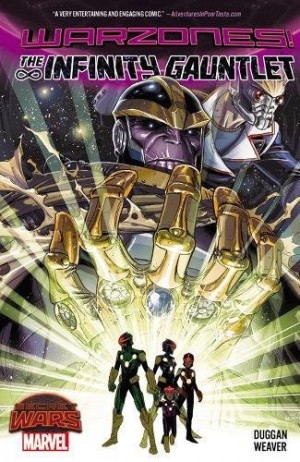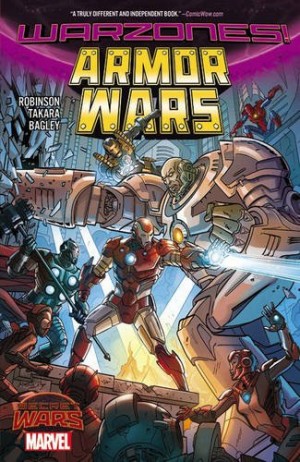Review by Ian Keogh
This larger than usual Warzones graphic novel is the only one in the entire series that’s a direct continuation. It’s a book of two halves, the first chapters concluding the story begun in Guardians 3000: Time After Time.
There is an immediate improvement from that book as artist Gerardo Sandoval has been jettisoned and the gruesome deformities he passed off as people along with him. While any artist would be preferable to Sandoval, Nico Leon is good. He verges on cartooning, and provides a sense of scale and clarity previously absent. Unfortunately, at the halfway point we switch to the odd angular figures of Otto Schmidt (sample art), who makes the entire team appear constructed from crystal, not just Martinex.
Writer Dan Abnett ups his game from the Guardians 3000 volume, opening with a charming conversation with Galactus, and how often can you say that? The remainder of this segment of the book is the Guardians back in the 21st century, with everyone reading now aware the entire series has been leading into Secret Wars and its redefinition of the Marvel universe. It’s inevitable that they meet their present day counterparts, and this is also handled with some charm. The joke about both teams having the same name is run into the ground, but Starhawk finally serves a purpose. Their union leads into the title sequence, a Warzones speciality picking up on a previously memorable Marvel event, in this case the Avengers teaming with the Guardians to counter an omnipotent being named Michael Korvac.
The second segment is set among the multiple fragments of reality remaining after Secret Wars began. Visually, the Guardians now more resemble their 1970s incarnation, acting as enforcement agents for a world ruled by Korvac, seemingly in a benign manner. It’s plagued, though, by people transforming into rampaging monsters after appearing to have attuned into a form of awareness. The Avengers here represent the protectors of a neighbouring kingdom ruled by Wonder Man. Abnett’s plot is a promising one of awkward diplomacy in the face of the unknowable, and one that echoes the original Korvac story from the 1970s. Any sense of wonder and awe, however, is sucked from the proceedings by the sketched and ugly pages Schmidt draws.
